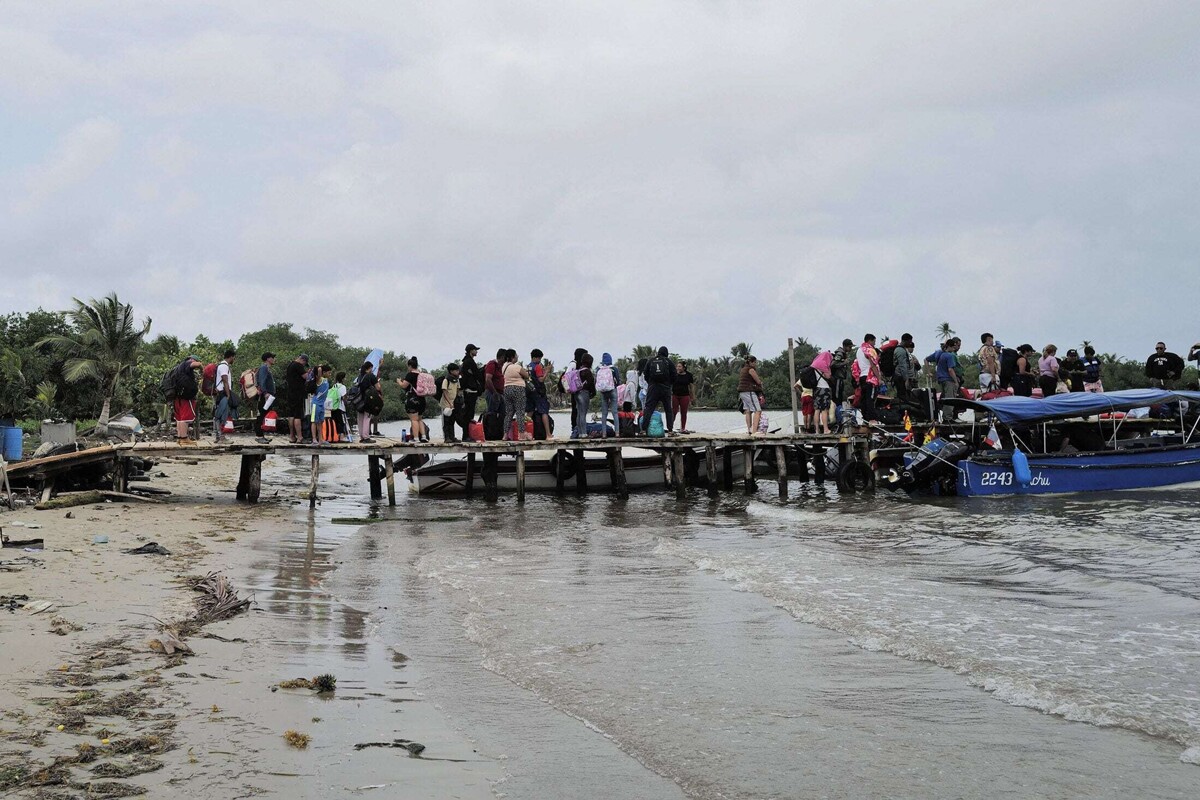
The decrease in migratory flow towards the United States has led to an increase in reverse migration from north to south, with people opting to return south instead of attempting to cross the border to the north. Experts point out that this change is partly due to the restrictive policies implemented by the Biden administration regarding asylum applications, as well as the measures adopted by Mexico to stop the migratory flow.
In this new landscape, Colombia has become an important destination for these migrants, whether they travel on foot or by boat from Panama, after the Mexican government and US authorities tightened the conditions for migration northward. Necoclí, a small town in the Gulf of Urabá in Colombia, has become a key point on this new migratory route, with around 200 people arriving during the first weekend of March.
The transportation of migrants to Necoclí is being managed by individuals like "El Zurdo," who charges about 550 dollars per person for the trip, including modest accommodation and meals until reaching the final destination. This route represents an alternative for those migrants facing obstacles in their attempt to reach the United States, as the Trump administration has tightened migration policies and threatens mass deportations.
The increase in reverse migration presents challenges for receiving countries like Colombia, which must seek responses to care for these individuals. Colombia's Foreign Minister, Laura Sarabia, has indicated that employment and education programs are being implemented to address the situation.
According to expert estimates, between 250,000 and 270,000 migrants could be stranded in Mexico, facing difficulties and discrimination on their migratory route. This trend towards reverse migration has been driven by the restrictive migration policies of both Mexico and the United States, which has led a significant number of people to end their attempt to cross north and return south.










